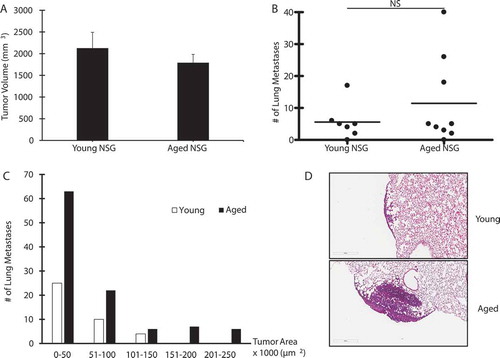Figures & data
Figure 1. Aging is associated with increased lung metastases
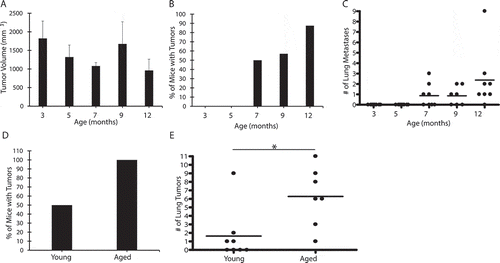
Figure 2. Bleomycin treatment is associated with increased metastases, but only in aged lungs
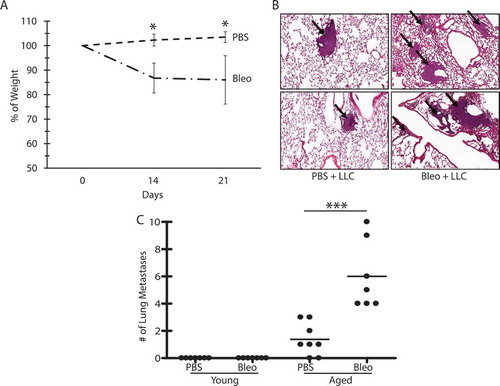
Figure 3. Fibronectin EDA is dispensable for aged-related lung cancer progression
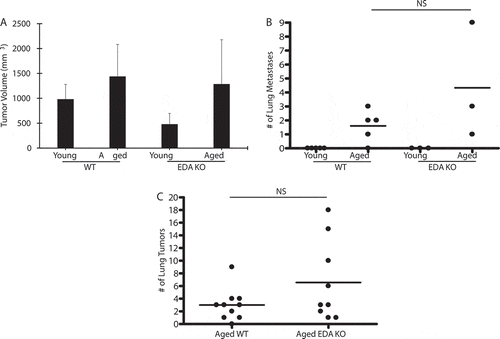
Figure 4. Fibronectin EDA is required for bleomycin-induced augmentation of metastasis
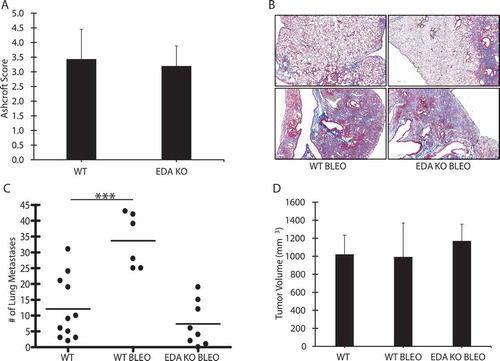
Figure 5. Lung metastases develop primarily in fibrotic areas
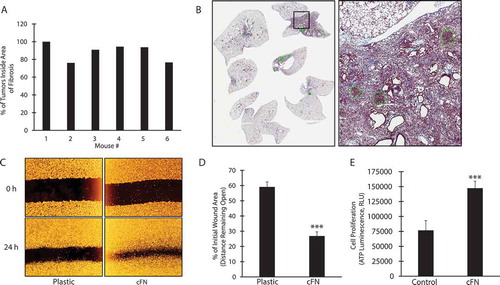
Figure 6. Effect of Immunity on Lung Cancer Progression
